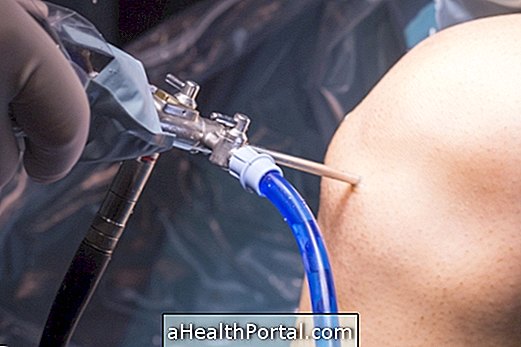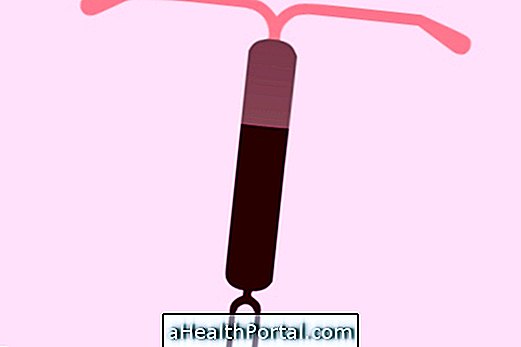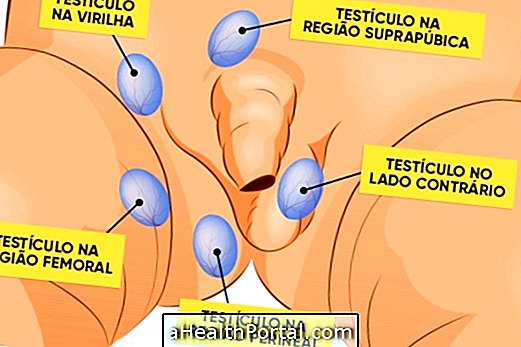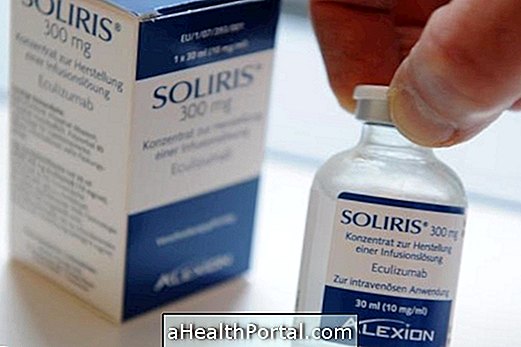The knee prosthesis, scientifically called knee arthroplasty, consists of the placement of an artificial part as a replacement for the joint, in cases of arthritis, arthrosis or strokes, for example.
This surgery is usually indicated when there is severe impairment of the joint or when improvements in the use of medications and physical therapy sessions can not be achieved.
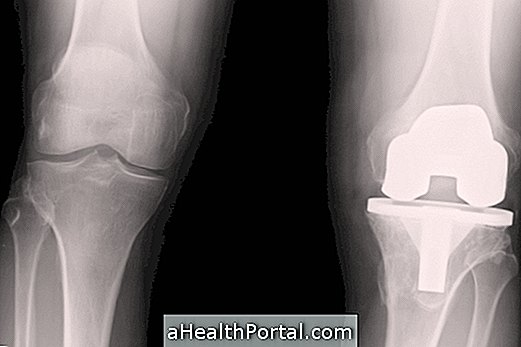
Prosthesis price
The price of a knee prosthesis varies according to the type used. For example, for a prosthesis with cemented fixation and without patellar replacement, the value can reach R $ 20 thousand, including hospitalization, materials and medicines. Being that about 10 thousand reais is only the price of the prosthesis.
How is prosthesis surgery done?
The knee prosthesis surgery is done by replacing the worn cartilages with metal, ceramic or plastic devices, giving the patient an aligned, painless and functioning joint. This replacement may be partial when only a few components of the joint are removed, or total, when the entire original joint is removed and replaced by a metal apparatus.
See the following video on how the surgery is done:

The surgery for placement of a knee prosthesis usually lasts about 2 hours and is done under spinal anesthesia. After surgery, it is recommended that you do not get out of bed for 12 hours, so your doctor may place a bladder catheter to keep the bladder empty so that the person does not have to get up to use the toilet. This probe is usually removed the next day.
The hospitalization time is 3 to 4 days and physical therapy can be started the day after the surgery. The doctor usually indicates taking analgesics and anti-inflammatories for the first few days, and the patient may have to return to the hospital to remove the stitches 12 to 14 days after surgery.
How is recovery after surgery
The recovery of knee prosthesis placement surgery can range from 3 to 6 weeks. Depending on the case, the patient begins by moving the knee 2 to 3 days after surgery and begins walking as soon as he has regained muscular control, usually guided by a physiotherapist and with the aid of a walker in the first few days.
Gradually it is possible to resume most activities from day to day, and it is only recommended to avoid some positions such as squatting or raising your knees too much. In addition, the practice of exercises with high impact or that force knee flexion should be avoided.
Here are some exercises to accelerate recovery in proprioception exercises for knee recovery.
Physiotherapy after placement of the prosthesis
Physical therapy for knee prosthesis should be started prior to surgery and resumed as early as the 1st postoperative day. The goals are to relieve pain and swelling, improve knee movements, and strengthen muscles. The program should be supervised by a physiotherapist and should include exercises to:
- Improve breathing;
- Strengthen leg muscles;
- Improve knee movements;
- Train balance and proprioception;
- To train the way of walking, without support or with the use of crutches;
- Stretch the leg muscles.
Upon discharge from the hospital, the patient should periodically consult the orthopedic surgeon for follow-up and radiography to see if everything is okay. Some precautions should also be taken, such as avoiding falls, light walking, and regular exercise to maintain knee strength and mobility, in the physical therapy clinic or in the gym under the guidance of the physical educator.

